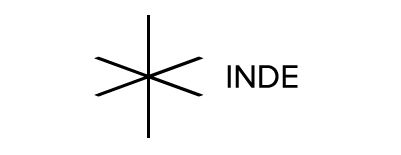Augmented Reality: a next-generation advertising tool
Out-of-home (OOH) advertisements have a simple goal: to reach out to as many viewers as possible. This can be achieved with large billboards along roads or more simply, with the perfect location in high foot traffic areas. No matter how much traffic a media space is exposed to, it still needs to captivate the audience and grab their attention. In this respect, AR seems to offer the perfect synergy to do just that - get people's attention (not the drivers’ though, safety first!)
Throughout the years we have seen many great AR campaigns that have been used for advertising. One of the most memorable ones is the Pepsi bus shelter that stunned unexpected travellers during their routine commute.
At INDE, we are familiar with the power of AR for advertising. Early on, when we started developing large scale AR experiences, we were commissioned by clients such as National Geographic who were looking to raise awareness for their society and BBC to promote their series Frozen Planet. Besides having this power to stop people in their tracks and the obvious entertainment value, AR allows for a brand to create that emotional tie with its audience which will inevitably leave a mark.
Let’s talk about another more traditional form of advertising: print. Newspapers and magazines are on the decline as readers are moving online. Advertising budgets are also migrating. This makes sense, online allows you to shop on the spot for an advertised product or at the very least, go to the product’s website with a seamless click for more information. You can even target your audience (Facebook and Google excel at it). Augmented reality can deliver a fun and informative visualization tool with 3D content out of a 2D print and create a bridge between print and digital/online advertising.
We are working on another angle to make OOH even more powerful: Computer Vision. We can turn any media space into smart screens that can analyse the viewer and select the best available advert depending on the demographic. Not only this, but we can also get quantitative data on how many people have looked at an ad and not just walked past it. Last but not least, we can even collect qualitative data on the emotional response. Exciting stuff that we will make sure to keep you in the loop about as we introduce this feature to the market.
